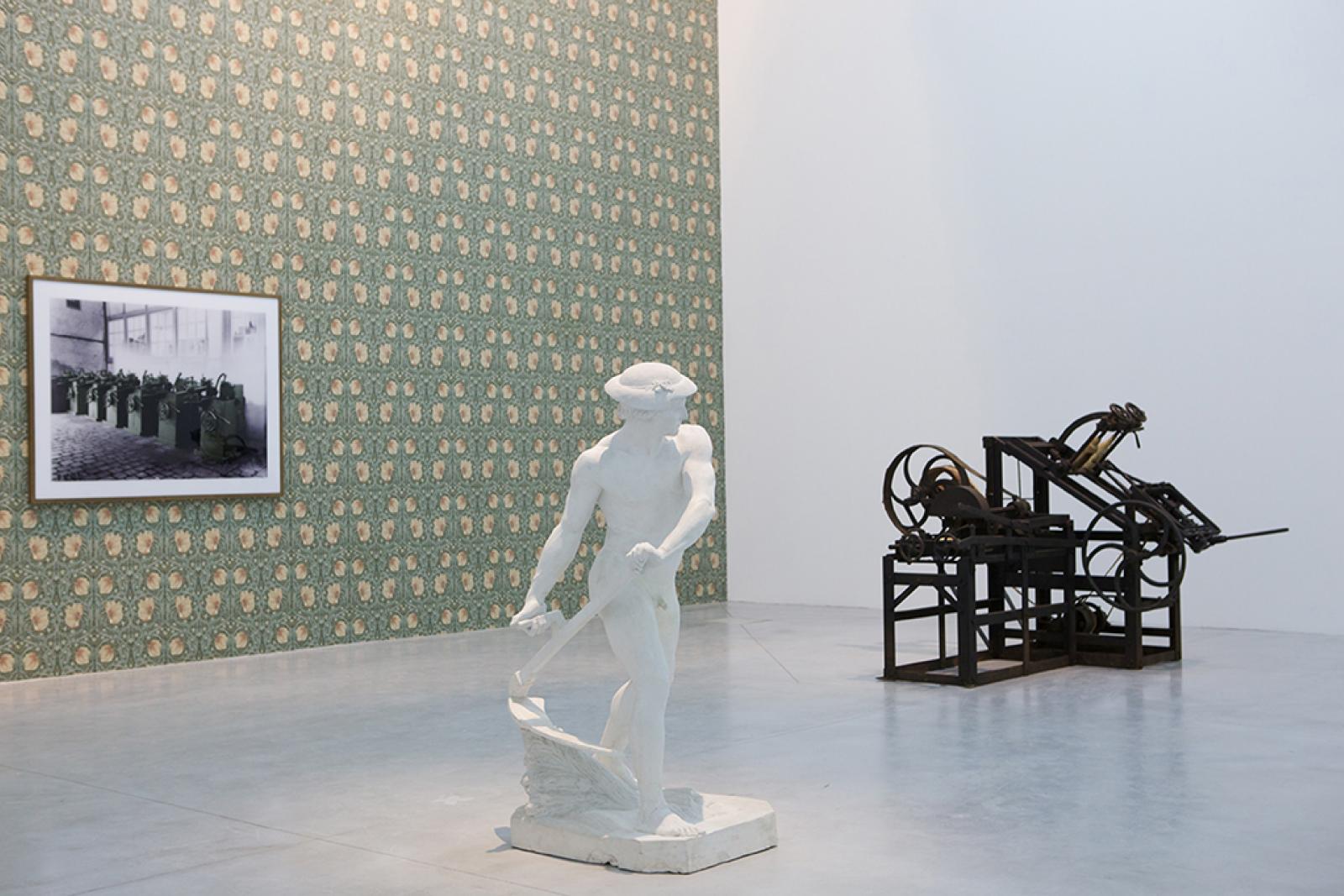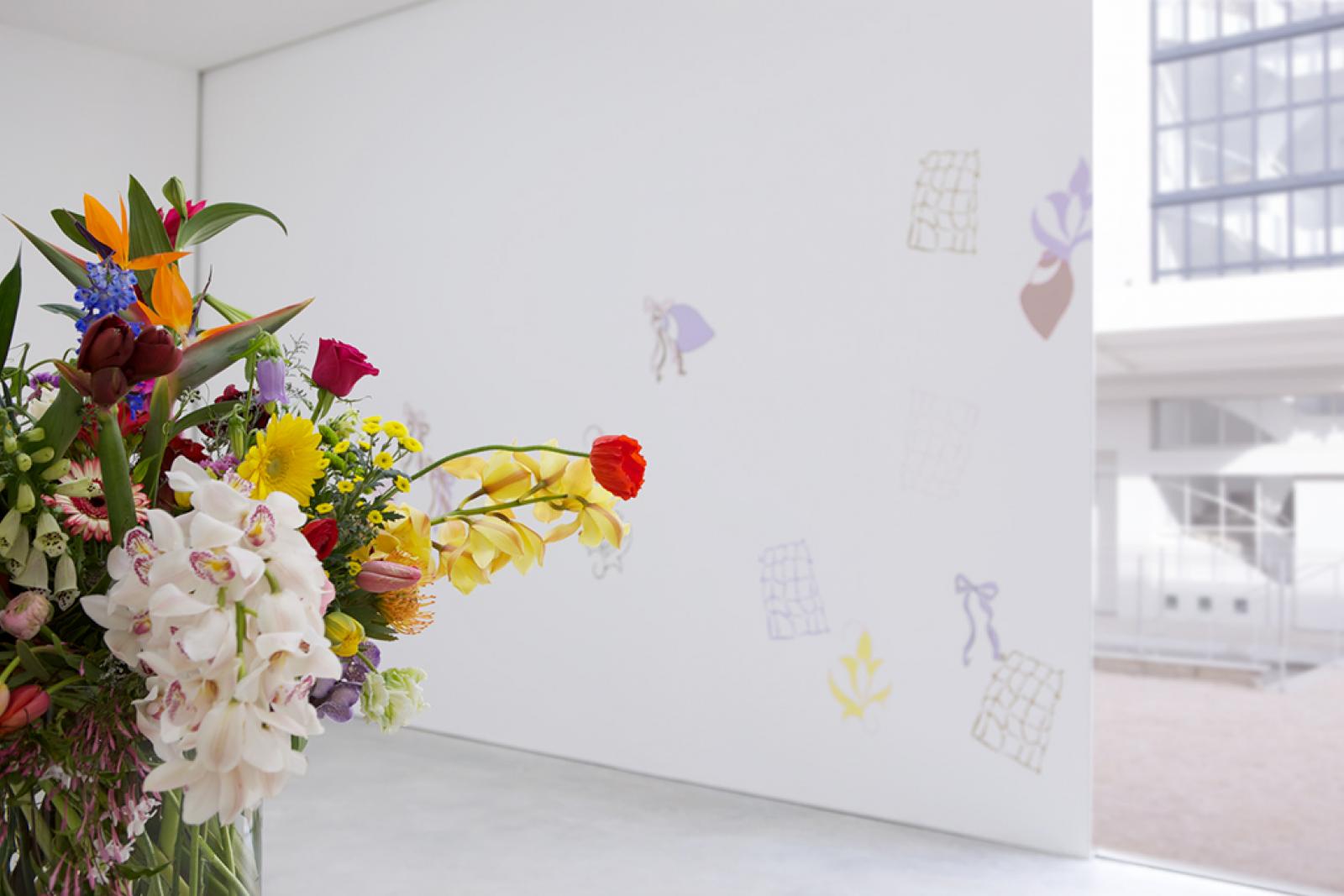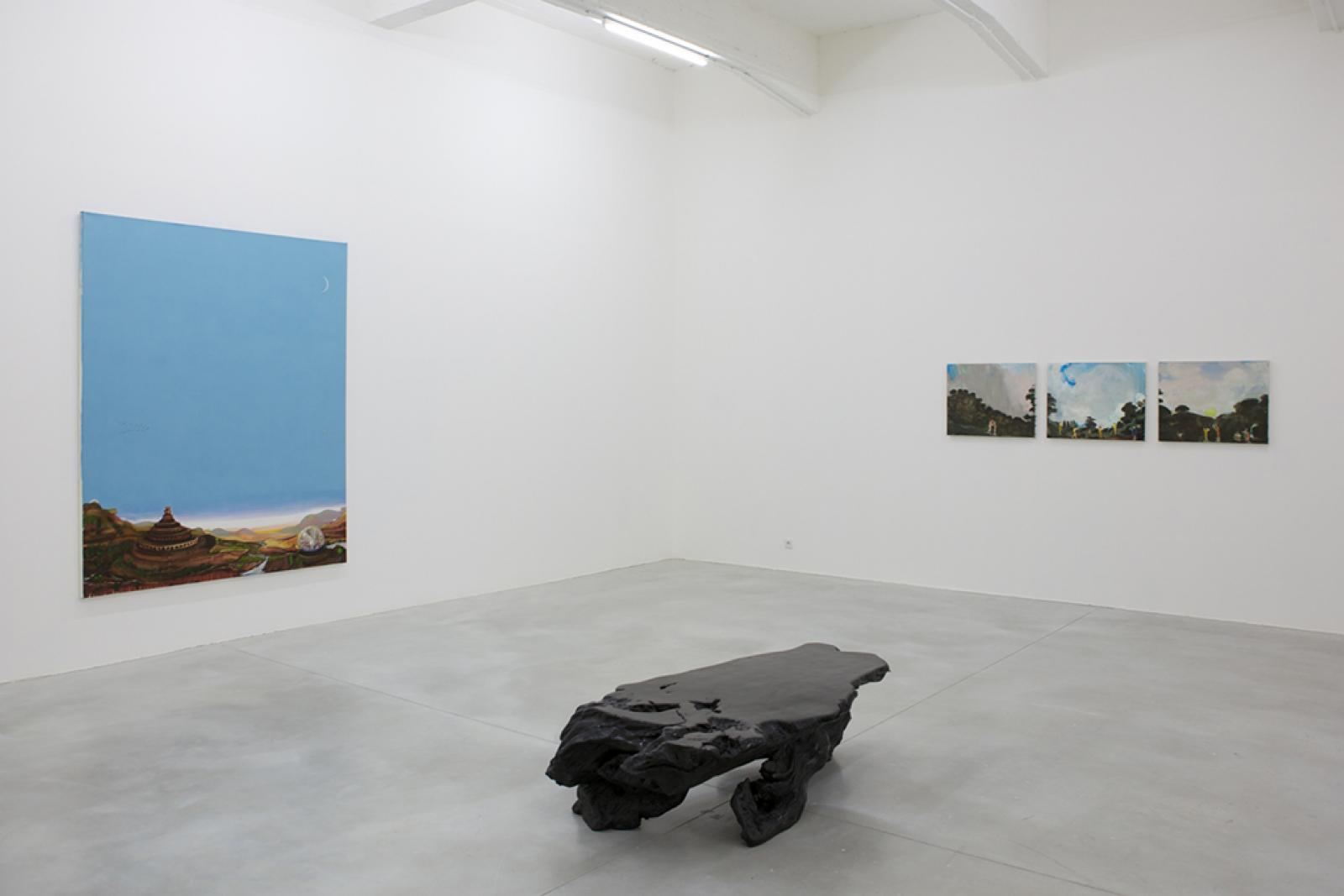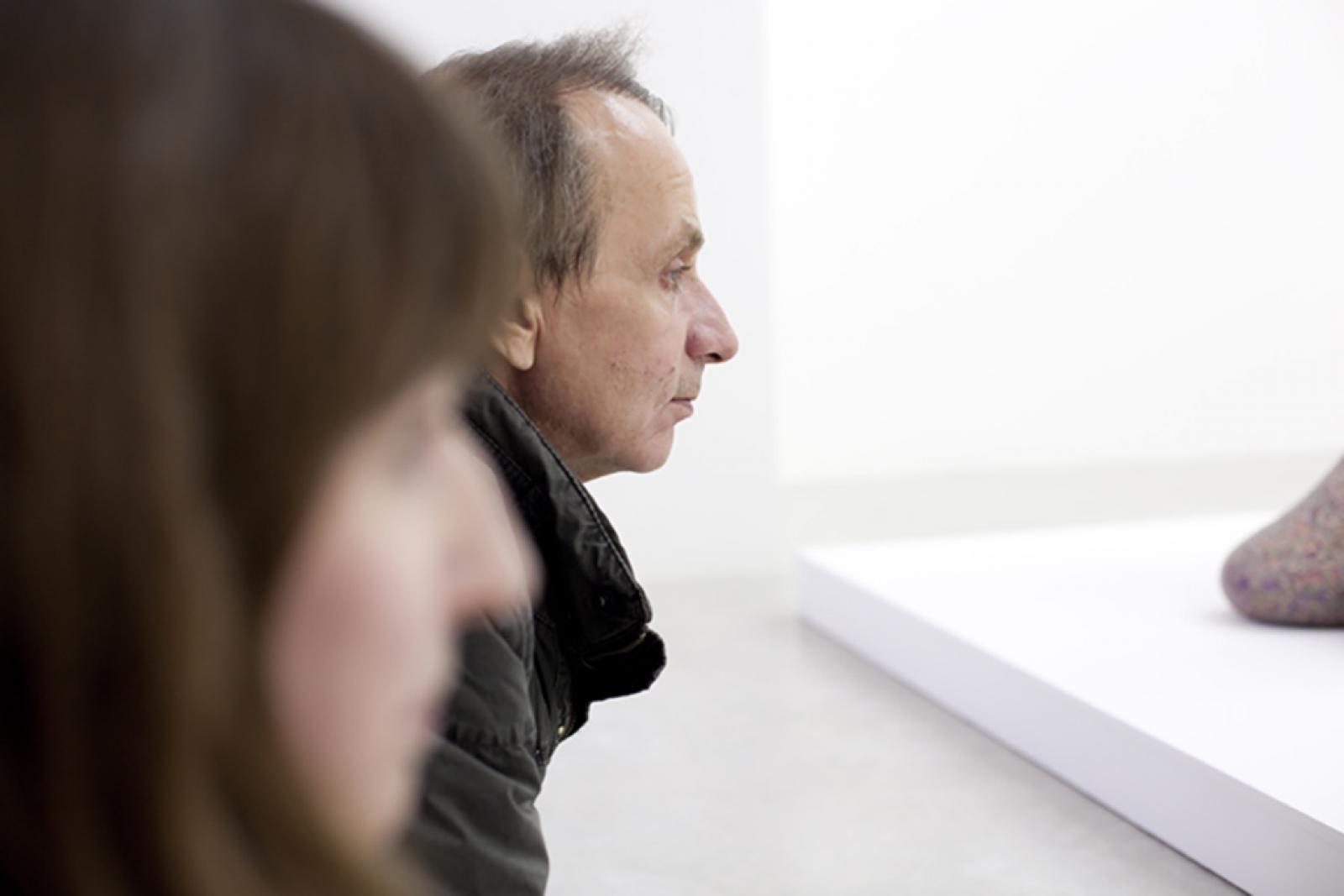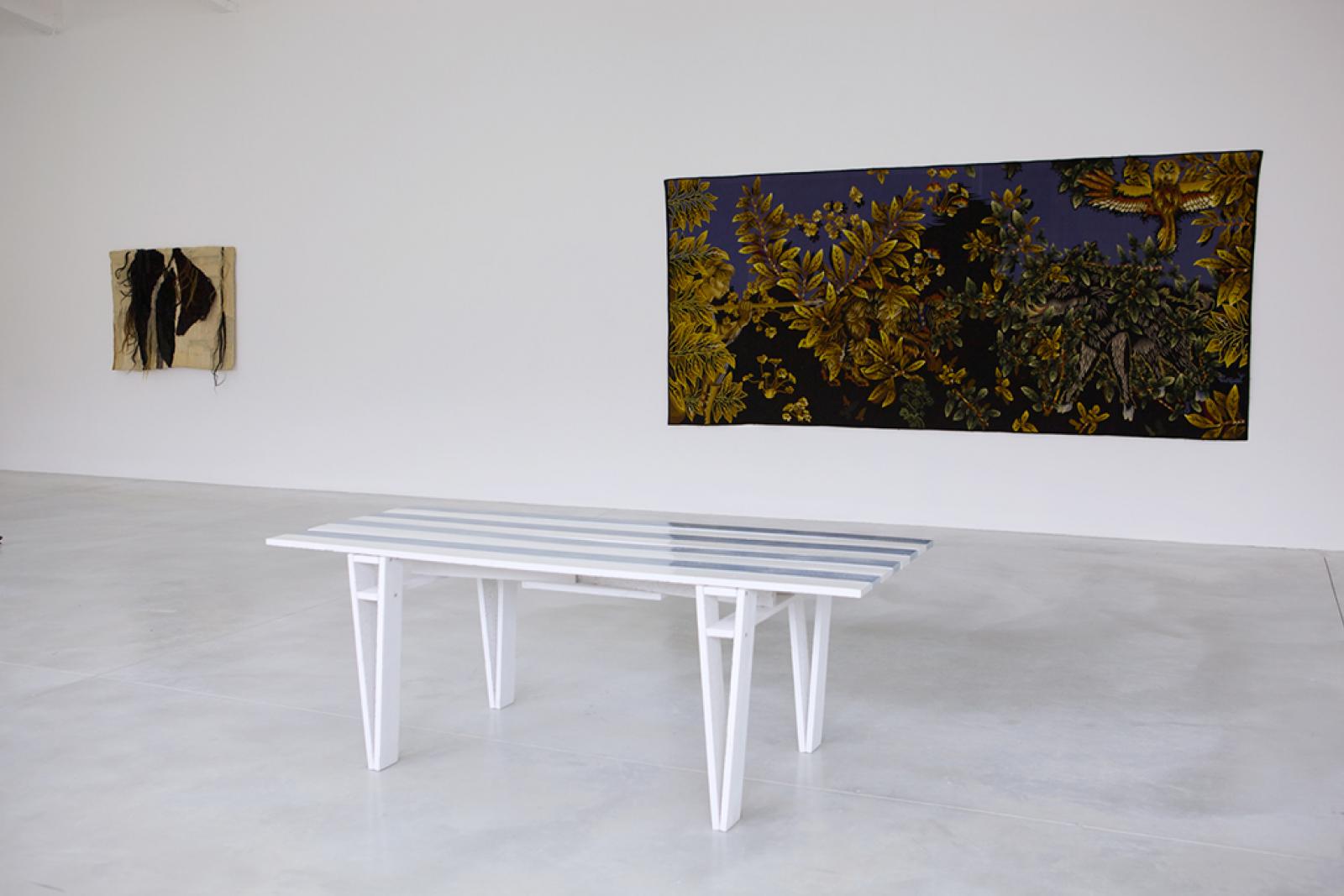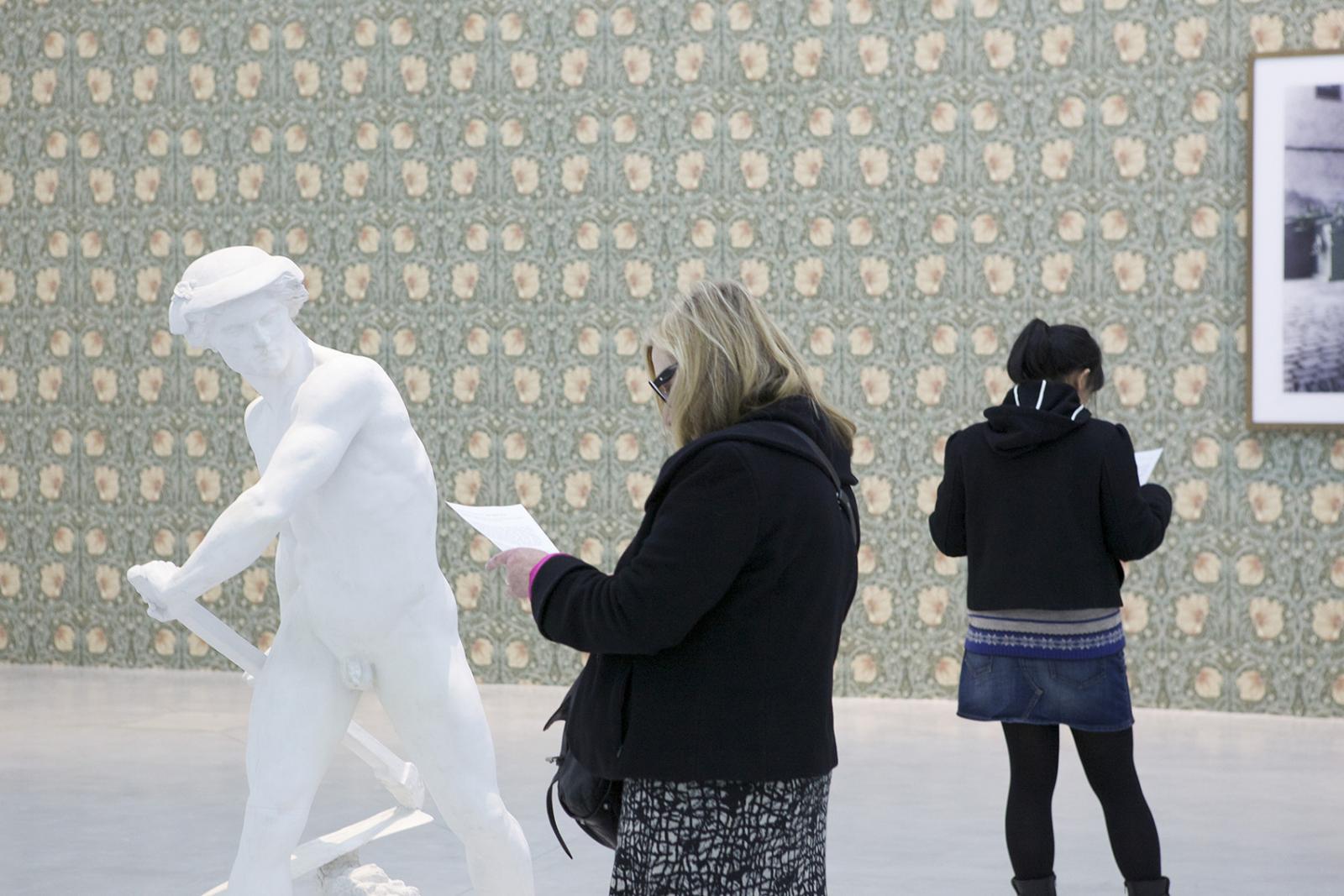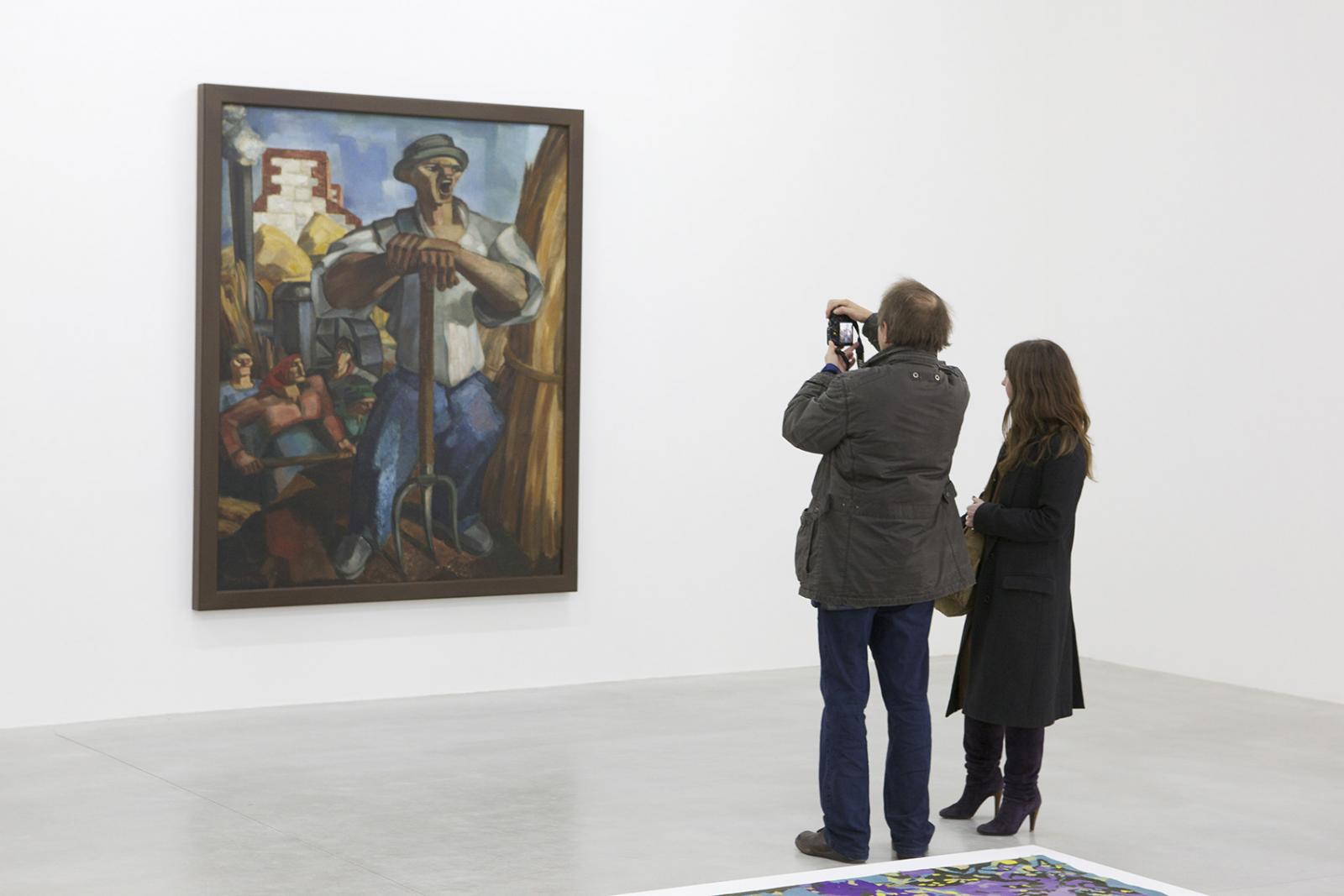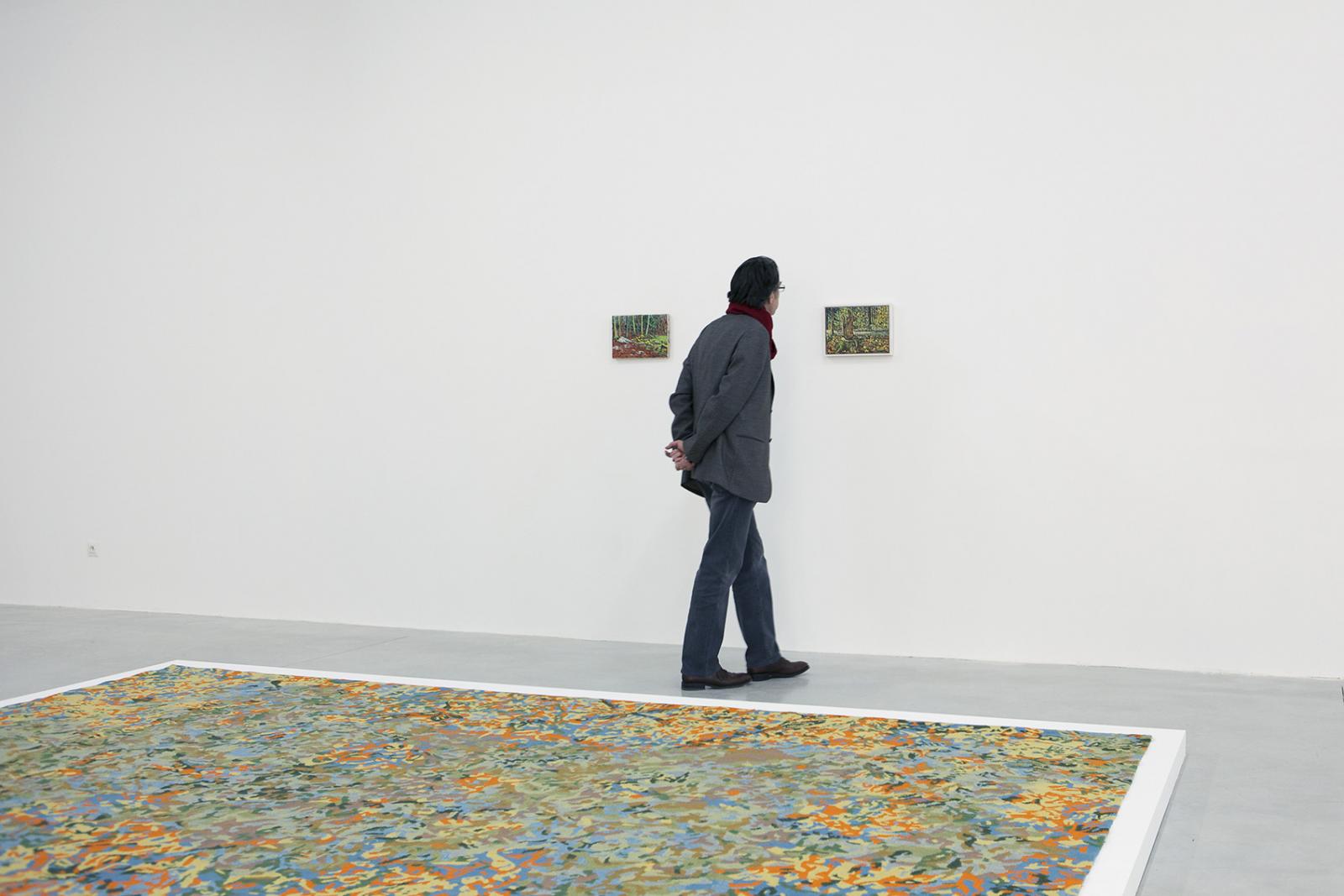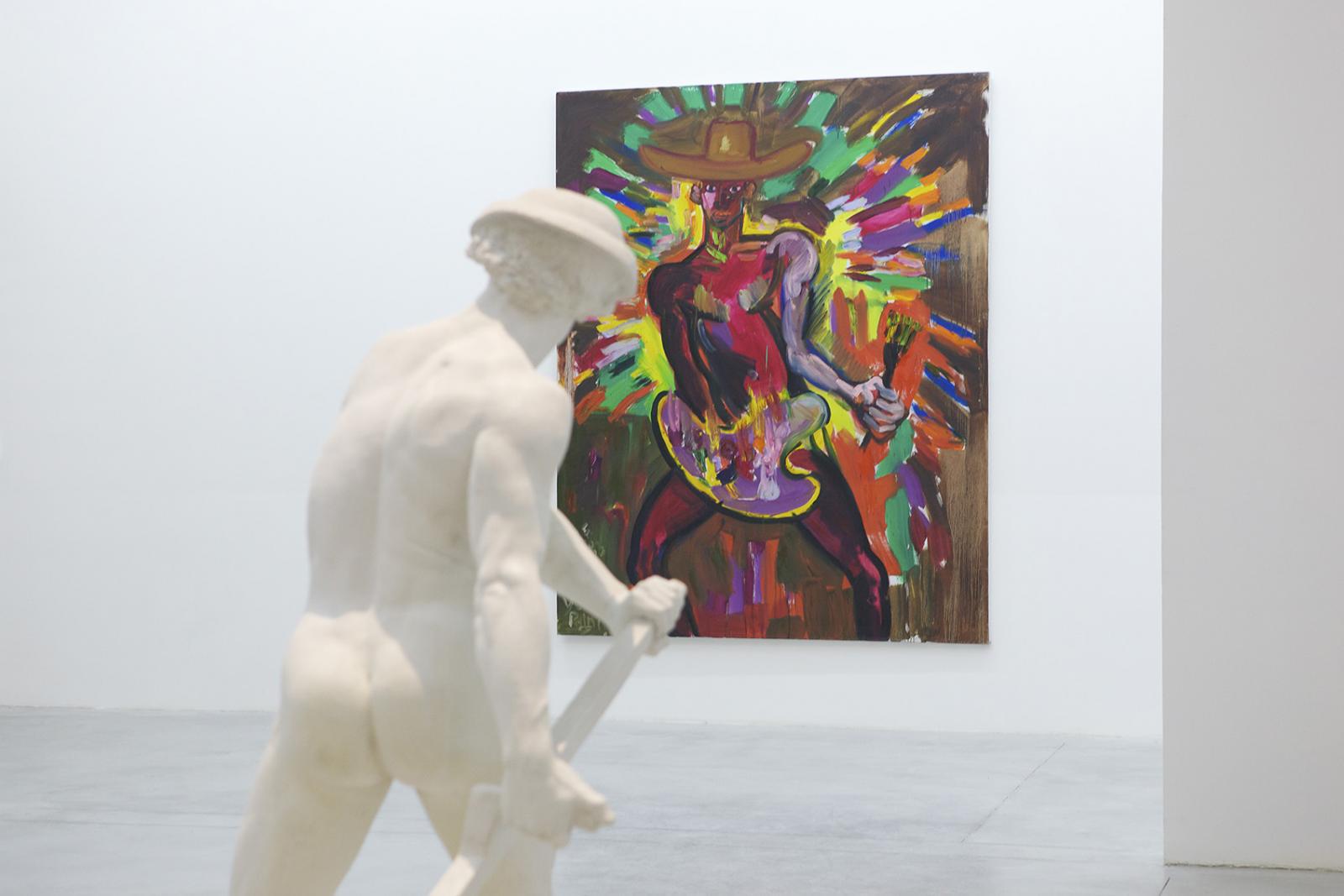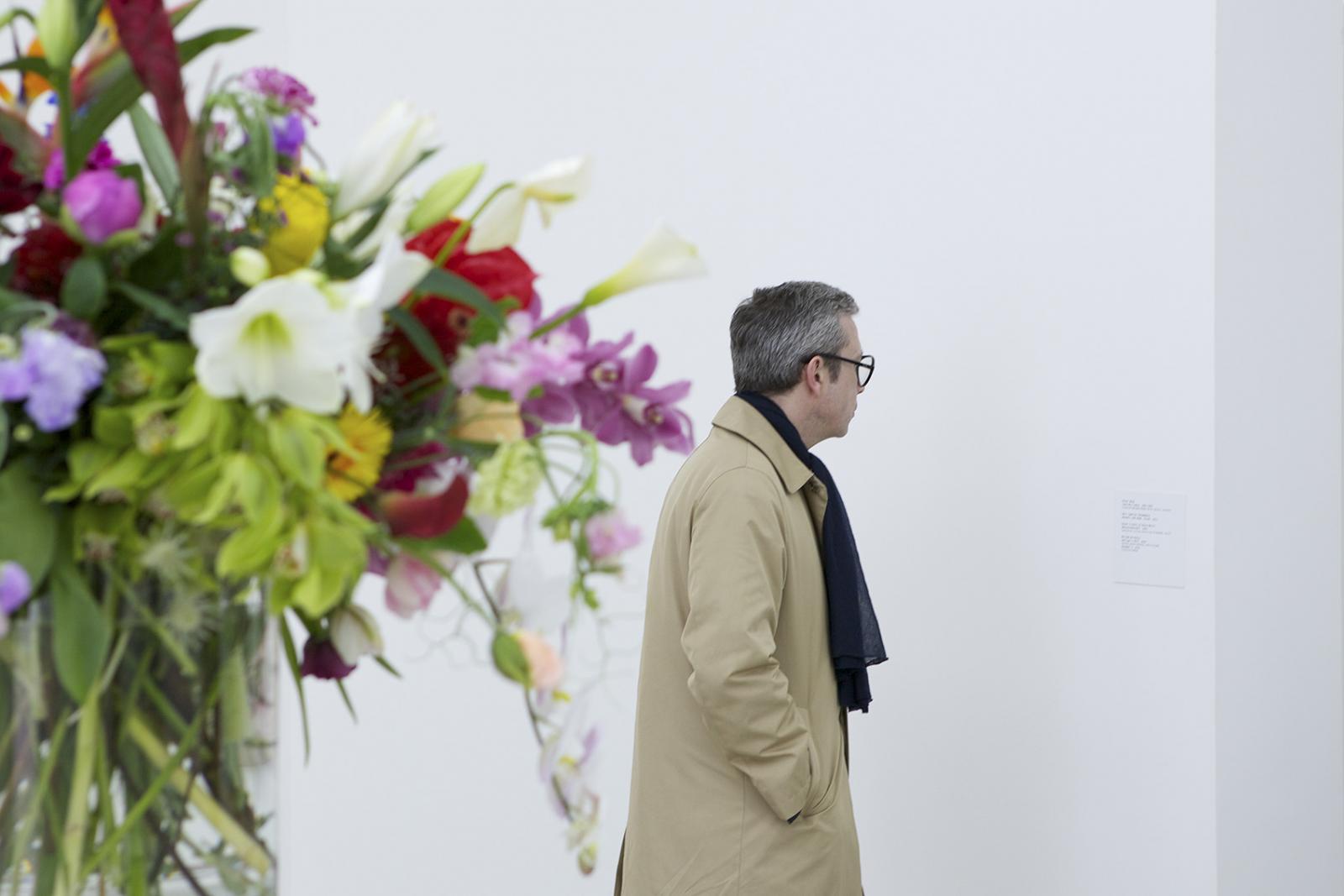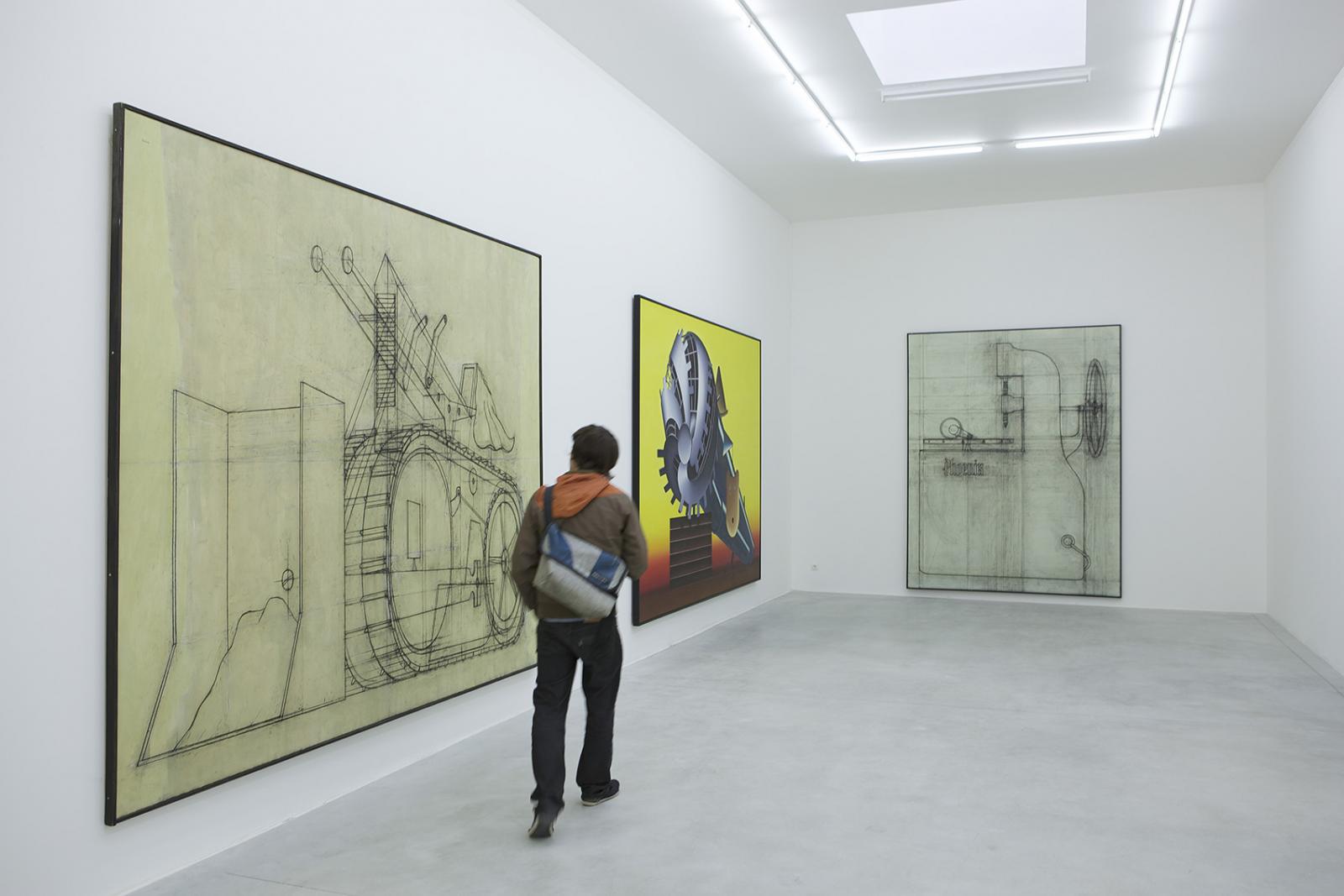The World As Will And Wallpaper
Constant Nieuwenhuys (dit Constant),
Gustave Courbet,
John Armleder,
Louise Bourgeois,
Magdalena Abakanowicz,
Marc Camille Chaimowicz,
Marie-Louise Breslau,
Michael Asher,
Valentin Carron,
Yves Alix
An exhibition based on La carte et le territoire by Michel Houellebecq with Magdalena Abakamowicz, John Armleder, MIchael Asher, Yves Alix, Louise Bourgeois, Marie-Louise Breslau, Marc Camille Chaimowicz, Valentin Carron, Constant, Gustave Courbet, Verne Dawson, Thea Djordjadze, Peter Doig, Trisha Donnelly, Etienne-Martin, Rainer Fetting, Peter Fishli & David Weiss, Lissy Funk, Eugene Guillaume, Sheila Hicks, Konrad Klaphek, Bertrand Lavier, Jean Lecoultre, Fernand Léger, Jean Lurçat, Etienne Martin, Henri Martin, Jean-Baptiste Martin, Kenneth Martin, Ron Martin, Jason Martin, William Morris, Ron Nagle, Auguste-Louis Ottin, Mai Thu Perret, Jean Picard-Ledoux, Ken Price, Willem De Rooij, Thomas Ruff, Jean-Frédéric Schnyder, Rosemarie Trockel, Xavier Veilhan, Christopher Williams.
The main character in La carte et le territoire by Michel Houellebecq is not an artist but a hot water boiler. Contemporary art is neither the subject nor the book’s motivation; the focus is on the end of the industrial era in Europe, the glory of capitalism, its culmination.
Differing realistic visions around production, work, profession, material and technique are brought up to date through the description of Jed Martin’s artistic phases, his exploration of modernity and of its end.
Several passages in the book refer to machines, manufactured objects with a tragic destiny, endangered and about to disappear. These same passages also evoke procedures, formal questions on representation, repetition, transfer or double exposure, critical or political ideas (Fourier’s utopia, Le Corbusier’s functional architecture, mechanized production of art invented at the time of William Morris or the Pre Raphaelites).
In this futuristic novel dealing with the imaginary one can see the world change. France transforms itself in a rural and tourist region. The author describes a random world with no determinism; where each existence either individual or collective, can at any time change direction. Historic times end with nature winning over, indifferent to human dramas – Jed Martin’s last workshop. At the end, things dissolve, “things quieten down, just grass swaying in the wind. Nature’s triumph is complete.”
“I think I have just about finished with the world as narration – a world of novels and films, a world of music too. I am only interested in the world as juxtaposition – a world of poetry and painting.”
(Michel Houellebecq, La Carte et le territoire, Flammarion editions, 2010, page 259)
“More than science fiction, Lafferty will at times give the impression of creating some sort of fiction-philosophy, unique because the ontological speculation holds a more important place than the sociological, psychological and moral questions. In The World as Will and Wallpaper, the narrator wanting to explore the universe to its limits gradually discovers repetition, finds himself in similar situations and ends up realizing that the world is made up of small entities, each born of an identical act of will, and repeated ad infinitum.”
(Michel Houellebecq, Sortir du XXe siècle, in Lanzarote and other texts, Librio editions, 2002)
“And first I must ask you to extend the word art beyond those matters which are consciously works of art, to take in not only painting and sculpture, and architecture, but the shapes and colors of all household goods, nay, even the arrangement of the fields for tillage and pasture, the management of towns and of our highways of all kinds; in a word, to extend it to the aspect of the externals of our life. For I must ask you to believe that every one of the things that goes to make up the surroundings among which we live must be either beautiful or ugly, either elevating or degrading to us, either a torment and burden to the maker of it to make, or a pleasure and a solace to him. How does it fare therefore with our external surroundings in these days? What kind of an account shall we be able to give to those who come after us of our dealings with the earth, which our forefathers handed down to us still beautiful, in spite of all the thousands of years of strife and carelessness and selfishness?”
(William Morris, Art Under Plutocracy, speech at the University of Oxford, 14 November 1883)
